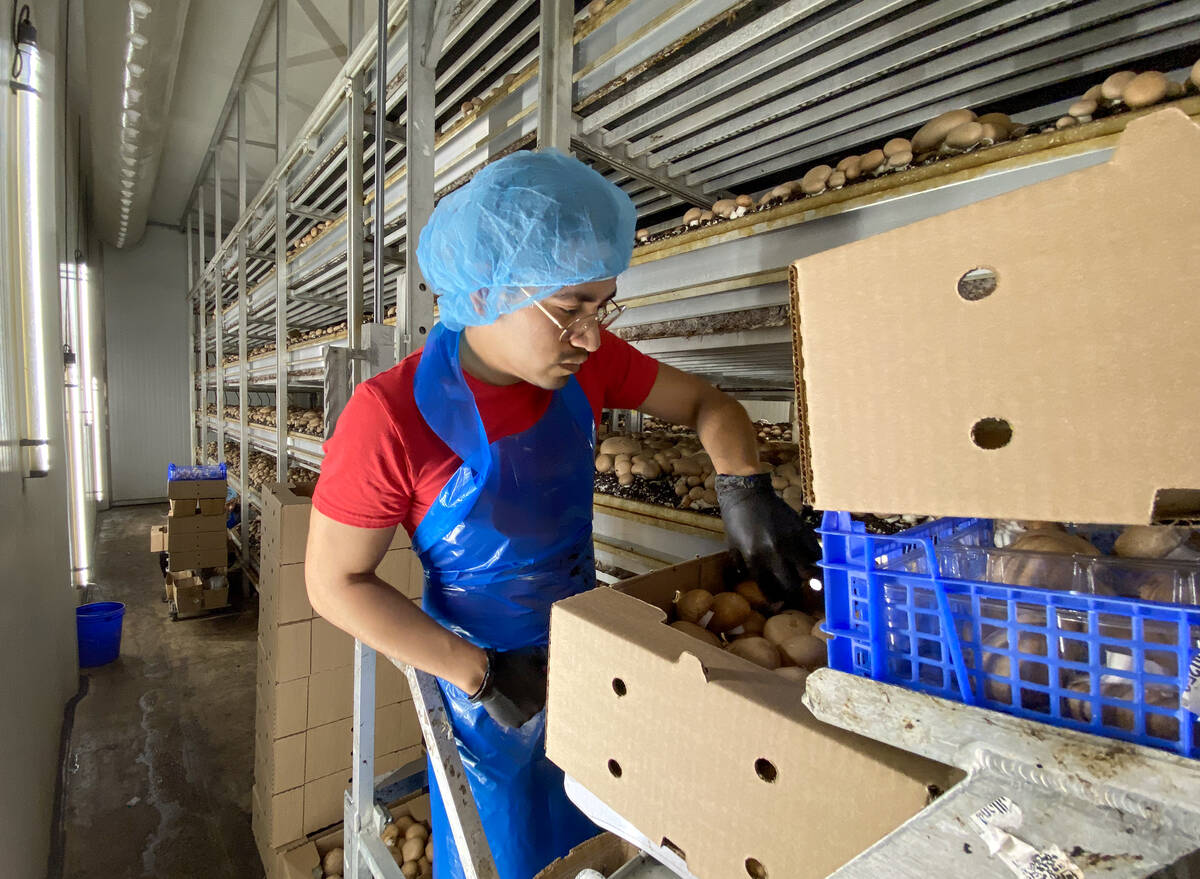A sounder of Eurasian Wild Boar spotted numerous times in the Pickering Federal Lands and surrounding territory was captured and killed in early December, following a month-long pursuit by invasive species specialists from Ontario’s Ministry of Northern Development, Mines, Natural Resources and Forestry.
“Our place was Operation Control Centre for (ministry staff) to finally get the job done,” Federal Lands resident Mary Delaney, told Farmtario.
Why it matters: Pigs living in the wild have caused environmental damage and significant economic loss to crop farmers in North America and Europe. A ministry-led collaborative effort aims to prevent Ontario from suffering a similar fate.
Read Also

Ontario’s other economic engine: agriculture and food
Ontario Federation of Agriculture president, Drew Spoelstra, says Ontario’s agriculture and agri-food sector should be recognized for its stability and economic driving force.
Delaney first learned of what the ministry now believes were escapees from a farm on Nov. 6 when a pamphlet was delivered to their door along with a request to report any sighting. “Clearly, these were unafraid, recently domesticated boars,” she wrote in a Facebook post after her husband, Joe, tried to chase them off with a pitchfork.
Two days later, the Delaneys made that call after 14 of the animals walked onto their leased three-acre property on the southern edge of a federally-owned, sparsely-inhabited tract of land expropriated in the early 1970s for a never-constructed airport.
“Next day the baiting began,” she wrote in her Facebook post, with a strategy of first getting the pigs accustomed to being fed, followed by introducing a large open trap with food inside, and eventually setting the trap to hopefully capture all 14 animals at once.
Plan A for bait was stale doughnuts, Delaney reported — “just the first of many hilarious attempts to lure them with food. Over the weeks (ministry staff) tried everything, spoke with everyone. Experts in Texas said ‘they love corn. It’s their favourite.’ Somebody else said fermented soybeans.”
Delaney laughed that the latter two suggestions probably came from people unaware there were about 9,000 acres of corn, soybeans and other possible pig foods immediately north of her family’s home.
A few days later, four of the wild pigs returned. A relieved Delaney explained they spared the family’s large garlic patch. Instead, they dug up the lawn – searching, she believes, for Japanese Beetle grubs.
A family friend provided heat-seeking drones which located the sounder of pigs within the Federal Lands. And ministry officials, seeking the perfect bait, eventually settled on “fluffernutter” — the combination of peanut butter and spreadable marshmallow crème.
“It’s sticky. They can’t grab it and run,” Delaney wrote of the calorie-laden treat — which was spread on sticks and eventually placed in the trap.
“Clearly, the boars were so done with corn and beans and apples. Enough of the health food. They wanted dessert!” she wrote. “And once they were enjoying the bait regularly a giant trap (20 feet across) was set up.”
Eleven were captured at once; a few days later the other three also took the bait.
Ministry spokesperson Morgan Kerekes told the In Durham newspaper the pigs were euthanized for necropsy. “Through this research, we will learn about the condition of wild pigs in Ontario, potential diseases and pathogens and outcomes will inform future management,” Kerekes said.
“What a crazy month it’s been,” Delaney concluded in her Facebook post. “Worrisome, in terms of what sort of environmental disaster could result if there wasn’t a happy ending. But there was!”
Speaking with Farmtario, she added, “it’s good to be able to ski the fields again without being scared about being attacked.”













